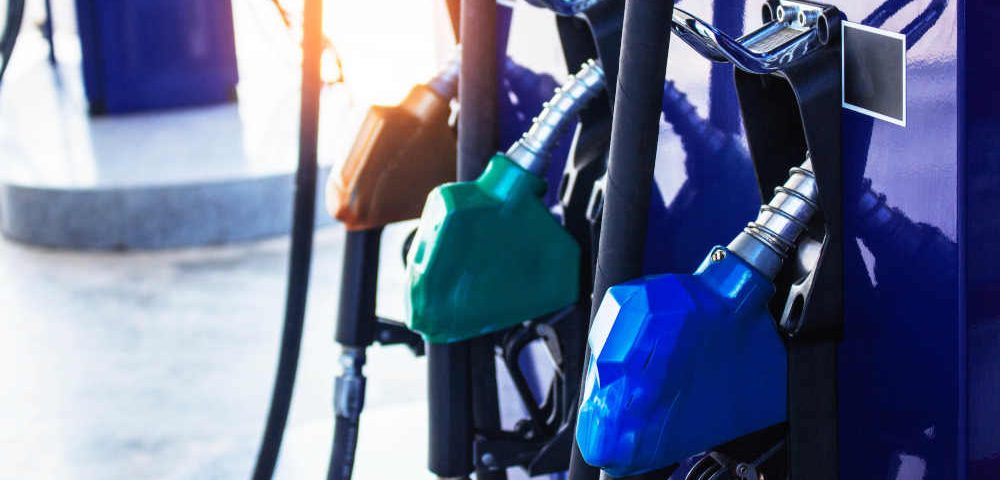Is Premium Fuel Really Worth It?

How Cold Weather Can Damage Your Car
November 5, 2021
Preparing Your Vehicle for the Winter
January 4, 2022Gas prices across the nation are up over $4.00 a gallon, and in some places like California, it is closer to $5.00. So, in uncertain economic times, customers are always looking for ways to save money. The cost difference between Premium and Regular fuel can be significant, around fifty cents a gallon. That can translate into $5 on a ten-gallon purchase. Who wouldn’t want to save five bucks? So a lot of drivers who usually put premium in their tanks are trading down to regular and pocketing the savings. The theory is that gas is gas and that it really does not matter. Or does it?
Understanding the Purpose of Premium Gas
To find out whether or not premium gas is necessary, start with your user’s manual. The manufacturer who actually built the engine will recommend the type of fuel that is best. If the manual says premium, then use premium gas. If it recommends regular, then go ahead and use regular fuel. Now, a word about octane; higher octane fuel does mean that it will make your car go faster. A higher octane basically dictates the conditions under which the fuel will ignite. Lower octane gas can sometimes result in a pre-ignition condition and lead to a knock. Higher octane fuel is designed to reduce knocks by igniting at a higher temperature and handle the increased compression of high-performance automobiles.
The conclusion for most types of auto fuel is that all three grades are specifically designed to do certain things depending on what kind of car you have. Premium fuel is the best for high-performance sedans and sports cars that feature a high power compression cycle. Regular gas will be sufficient for pretty much any other car or light truck. The real truth about gas is that putting premium fuel into a car designed for regular will not give you much more power or performance.
Whether or not gas stations are trying to scam customers with higher prices is a debatable point. Different levels of gas are designed for different types of cars. A great place to start is what the manufacturer has to say!


